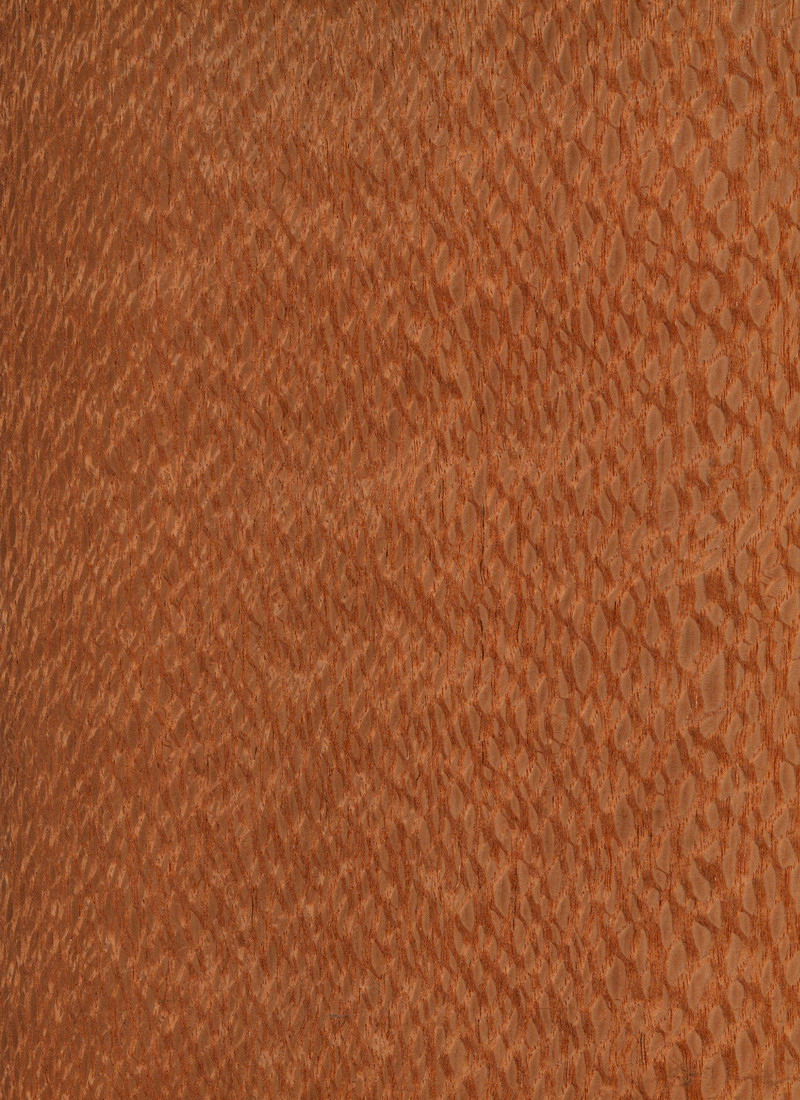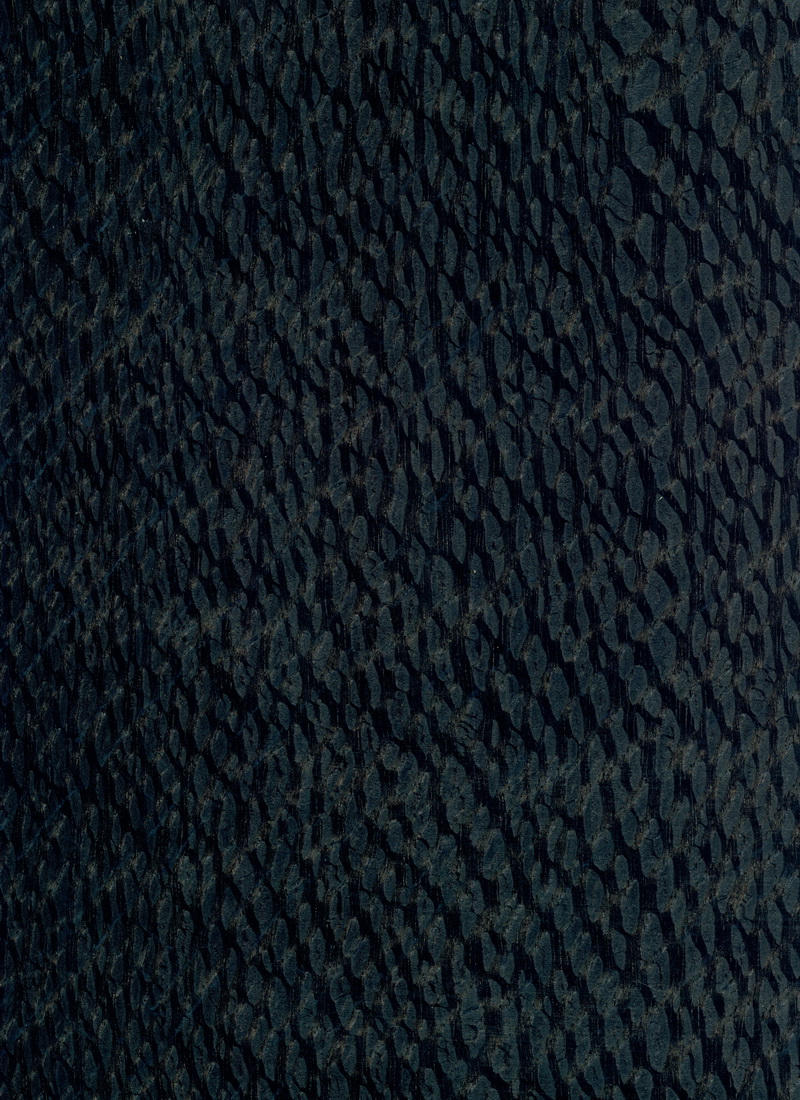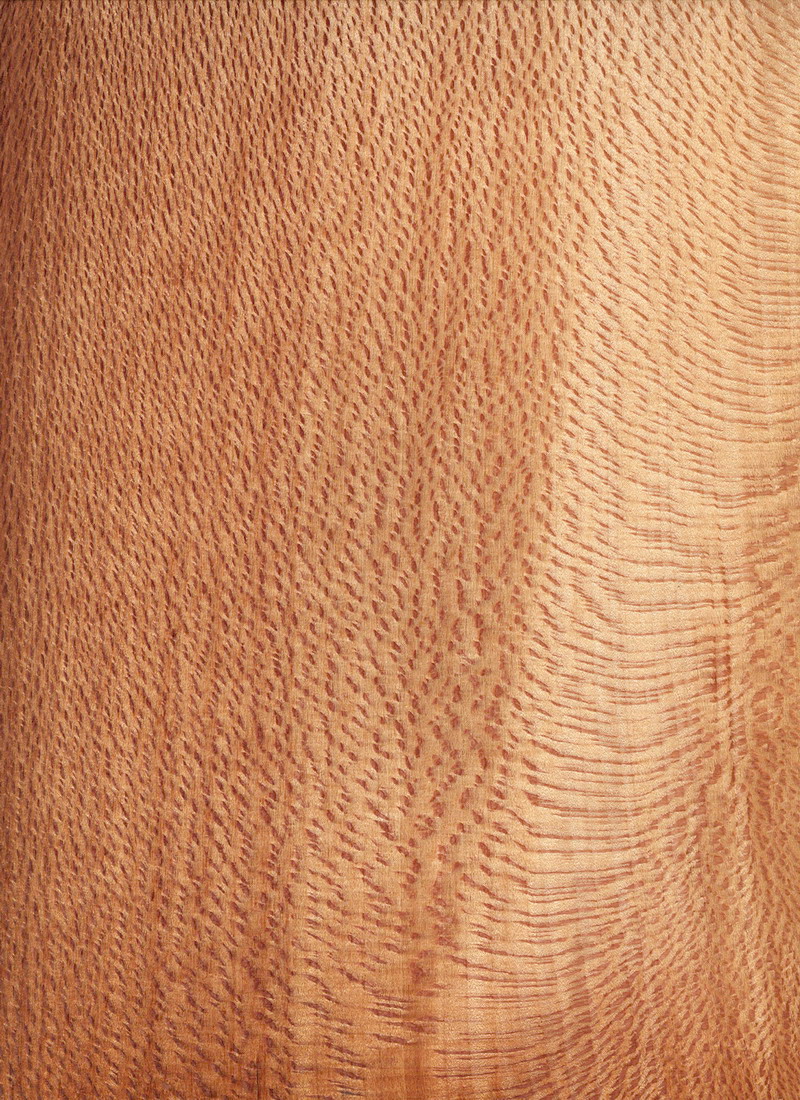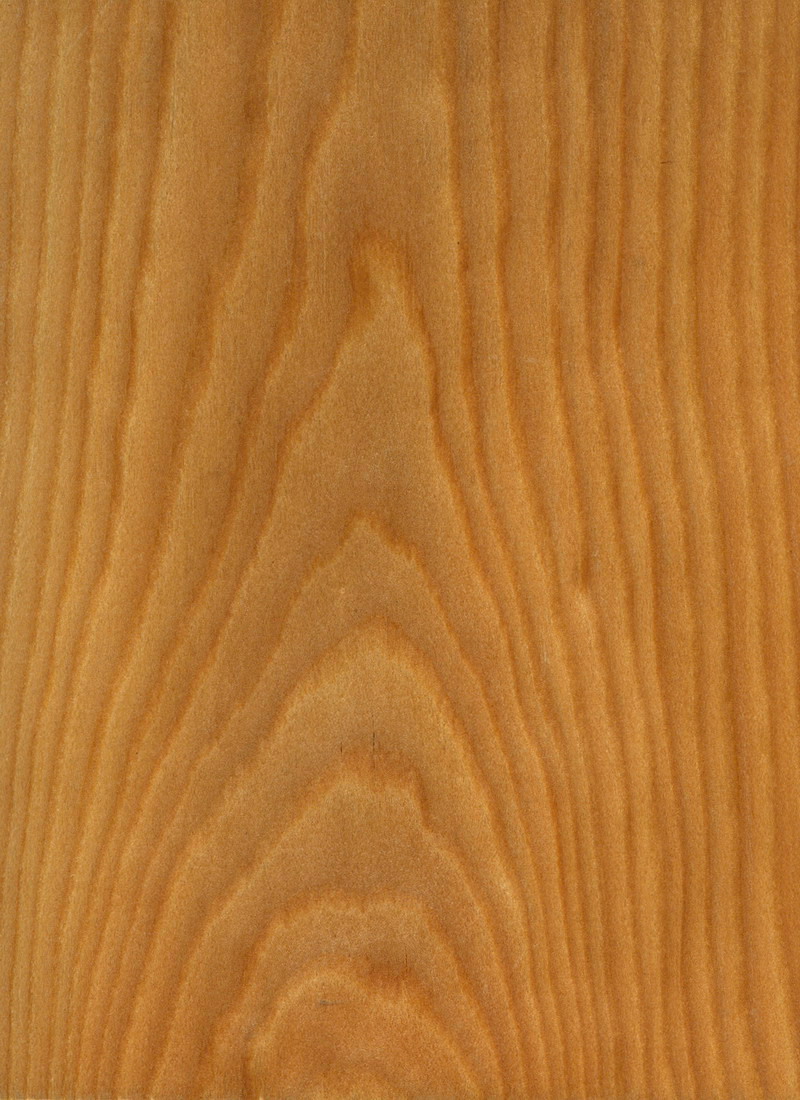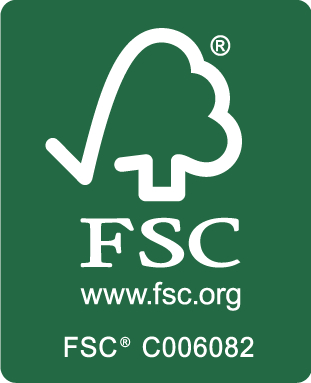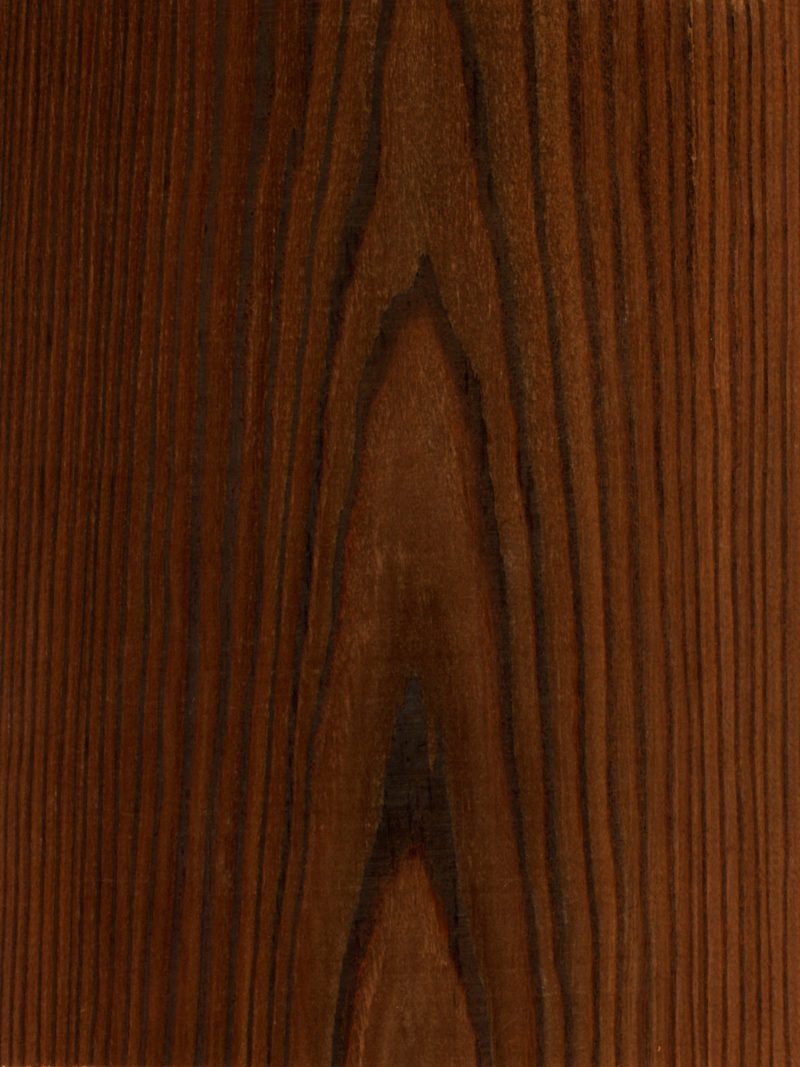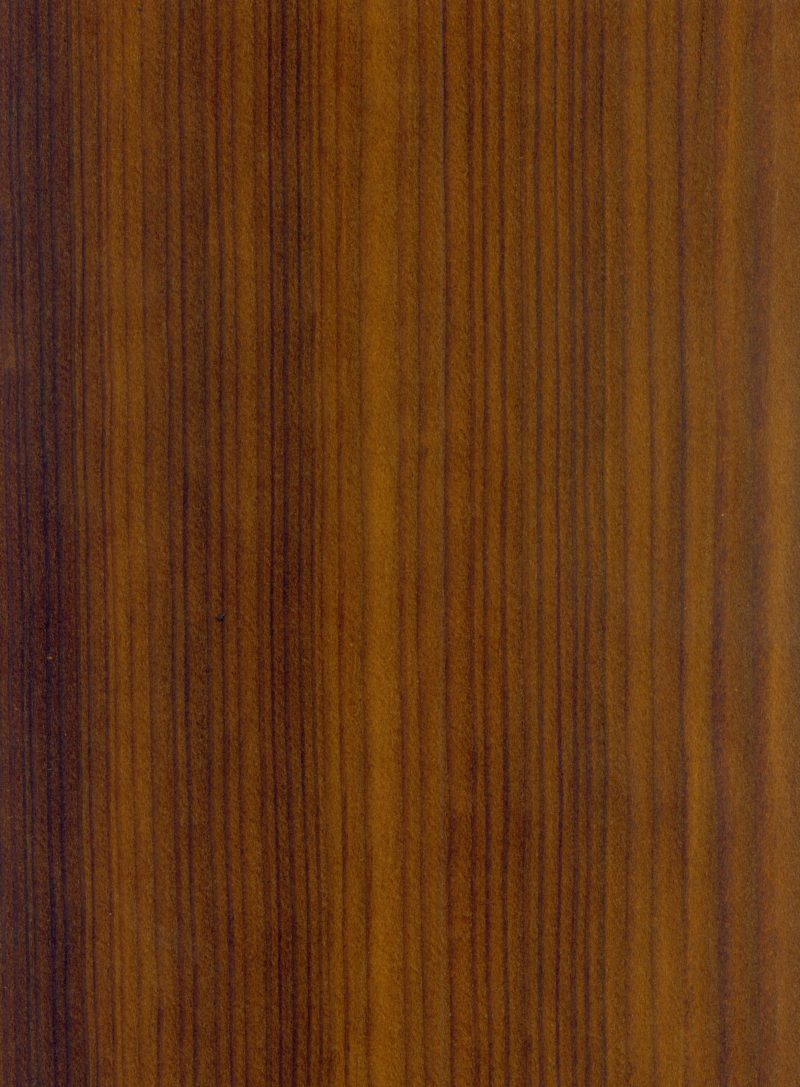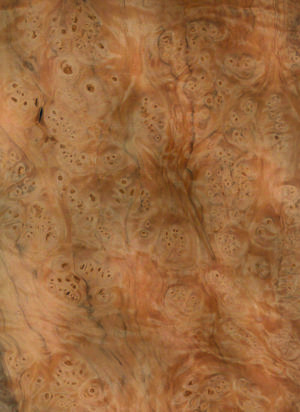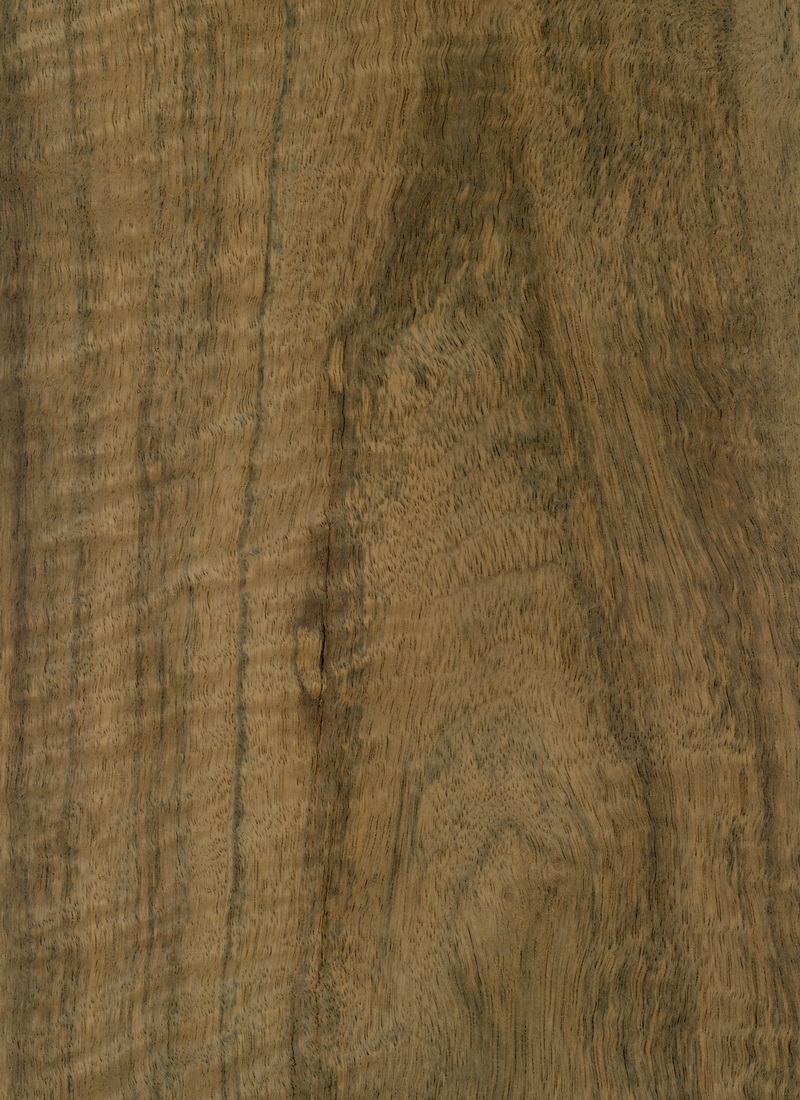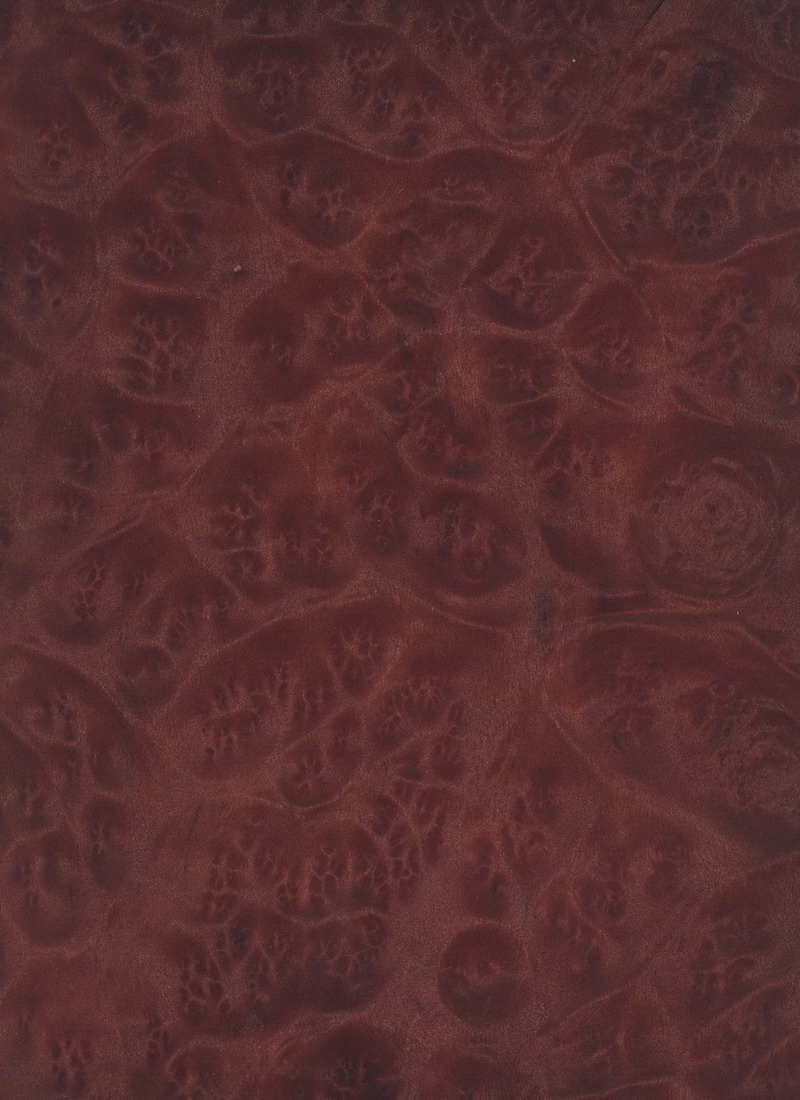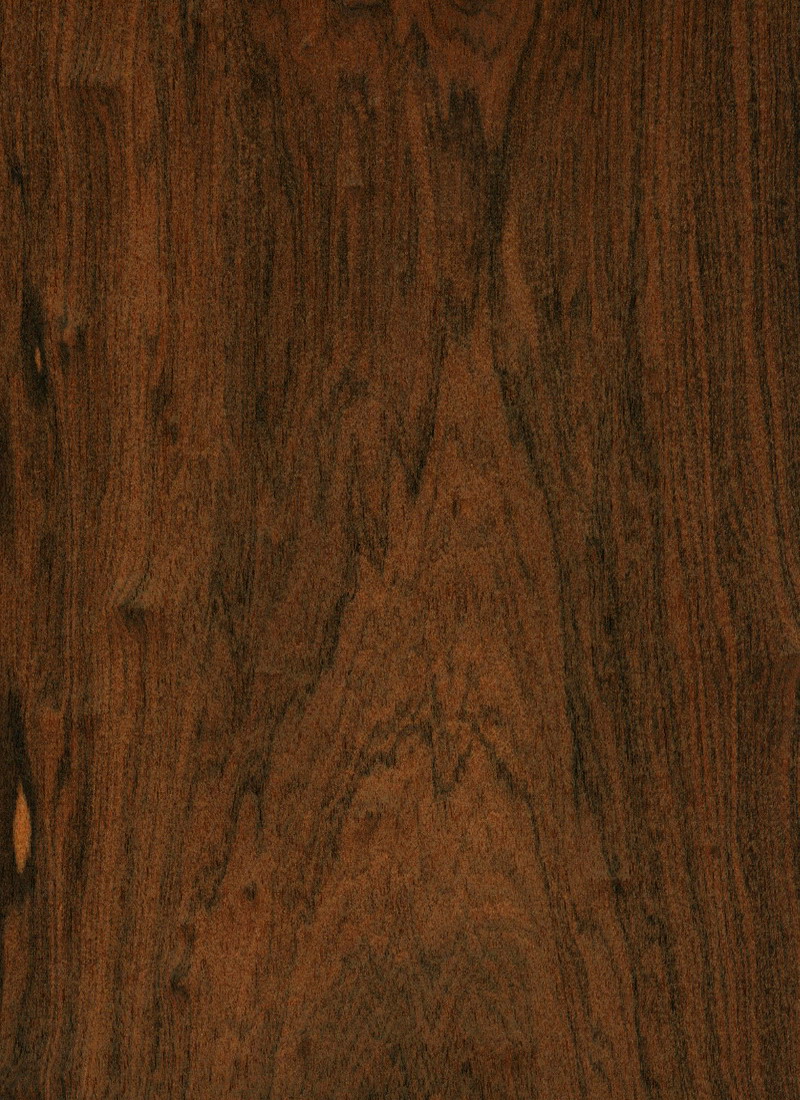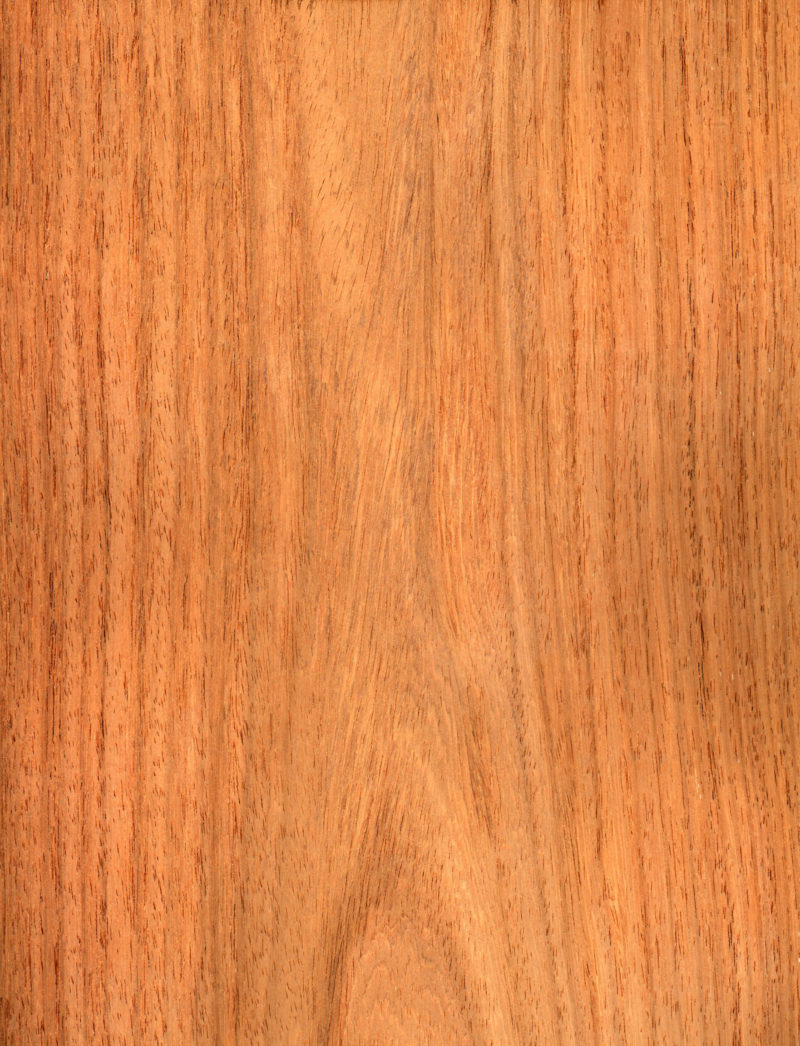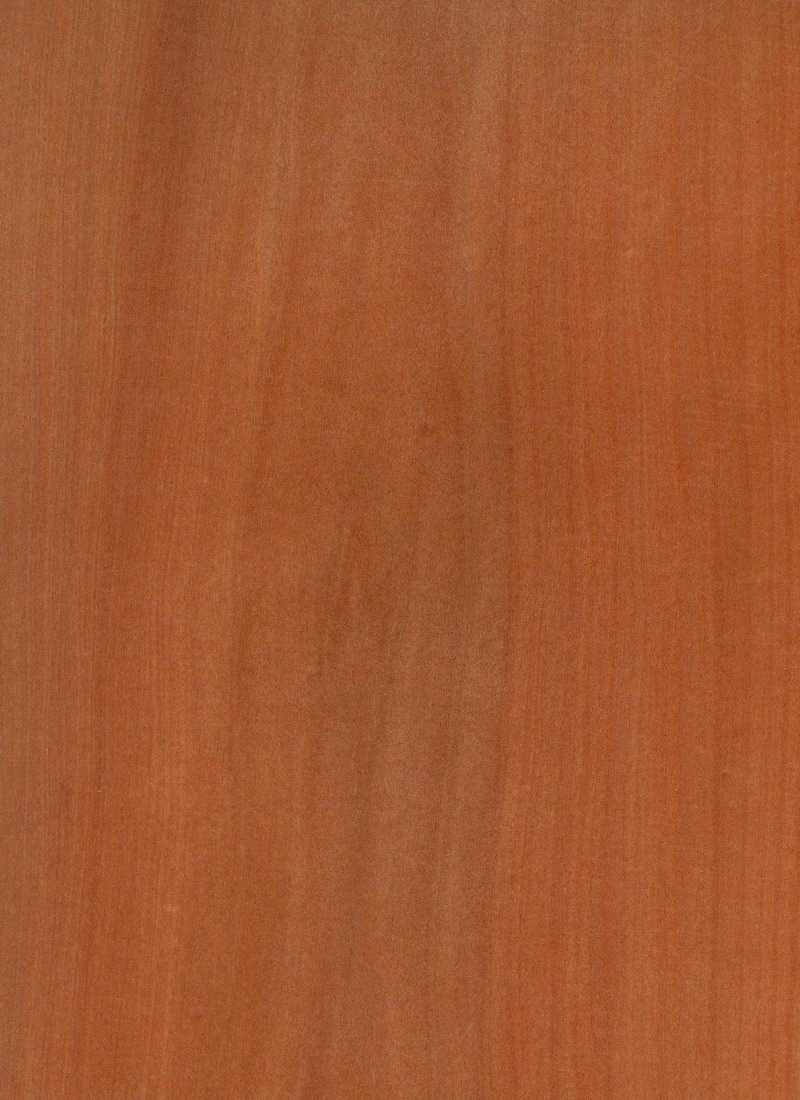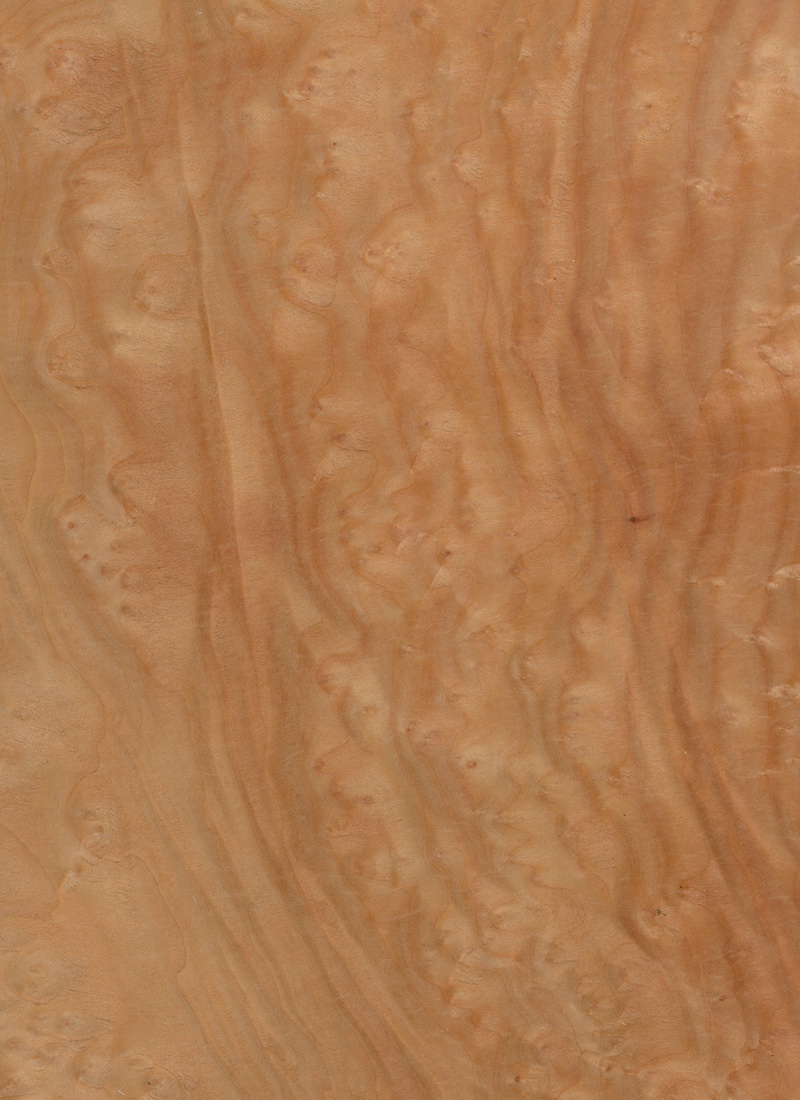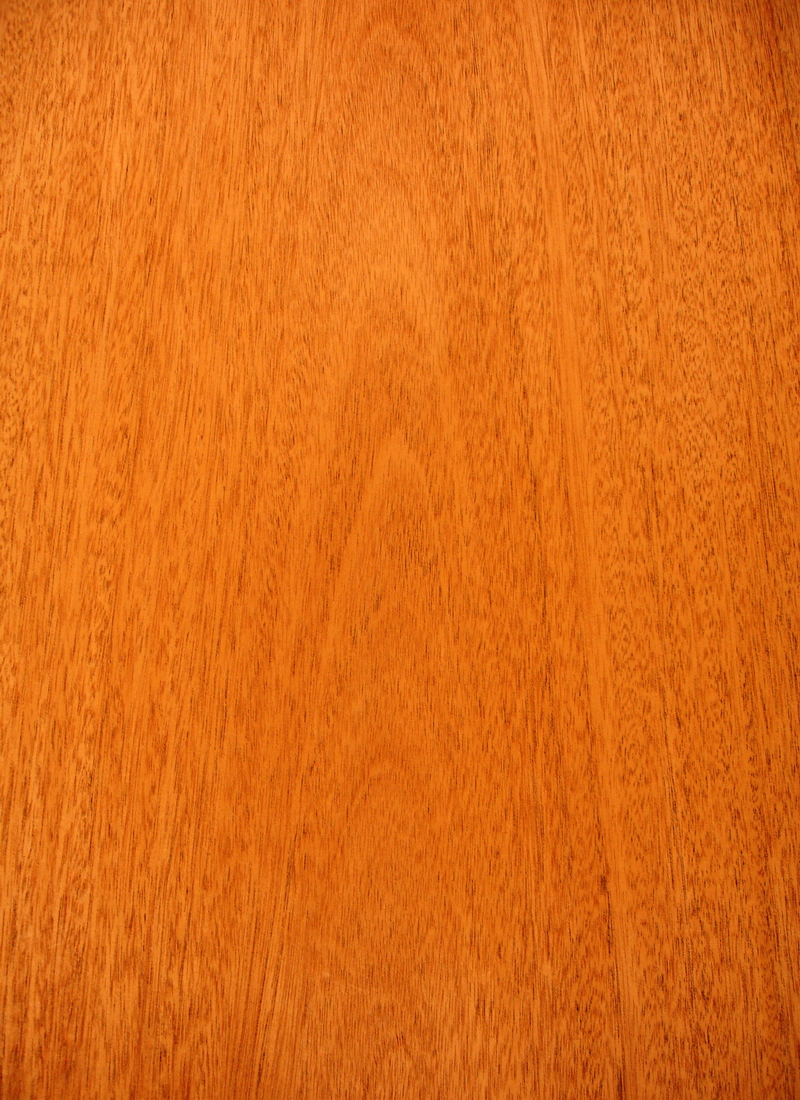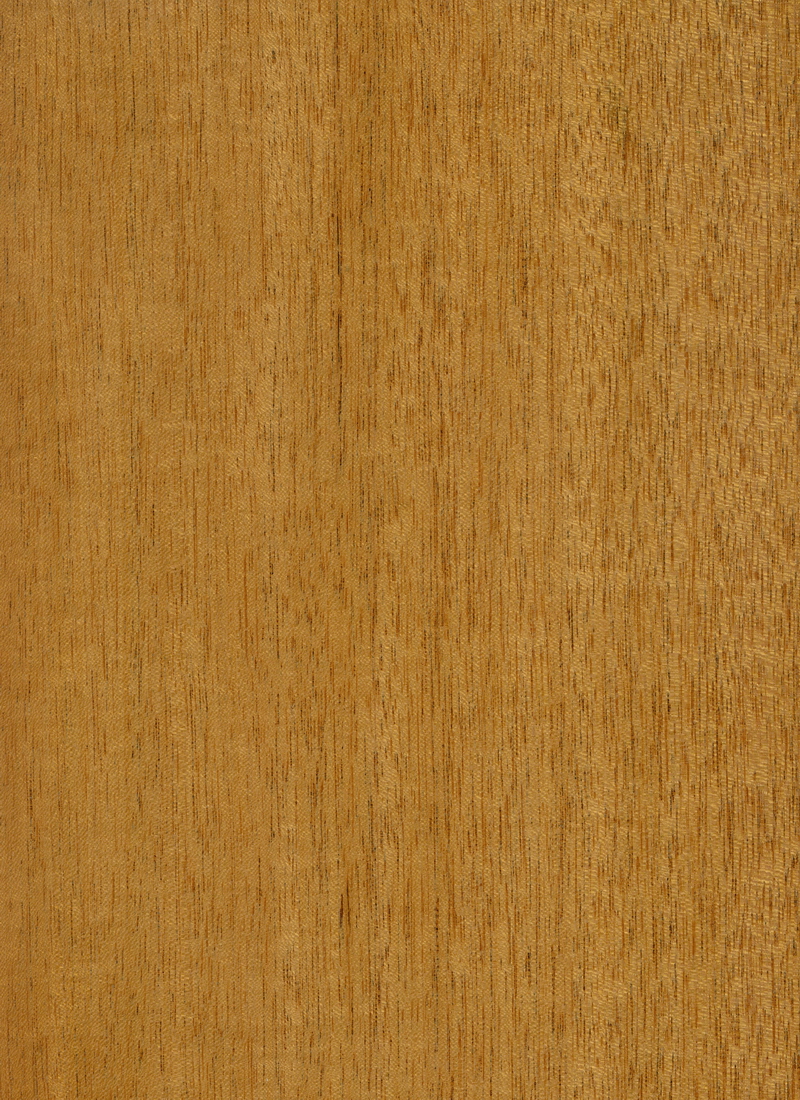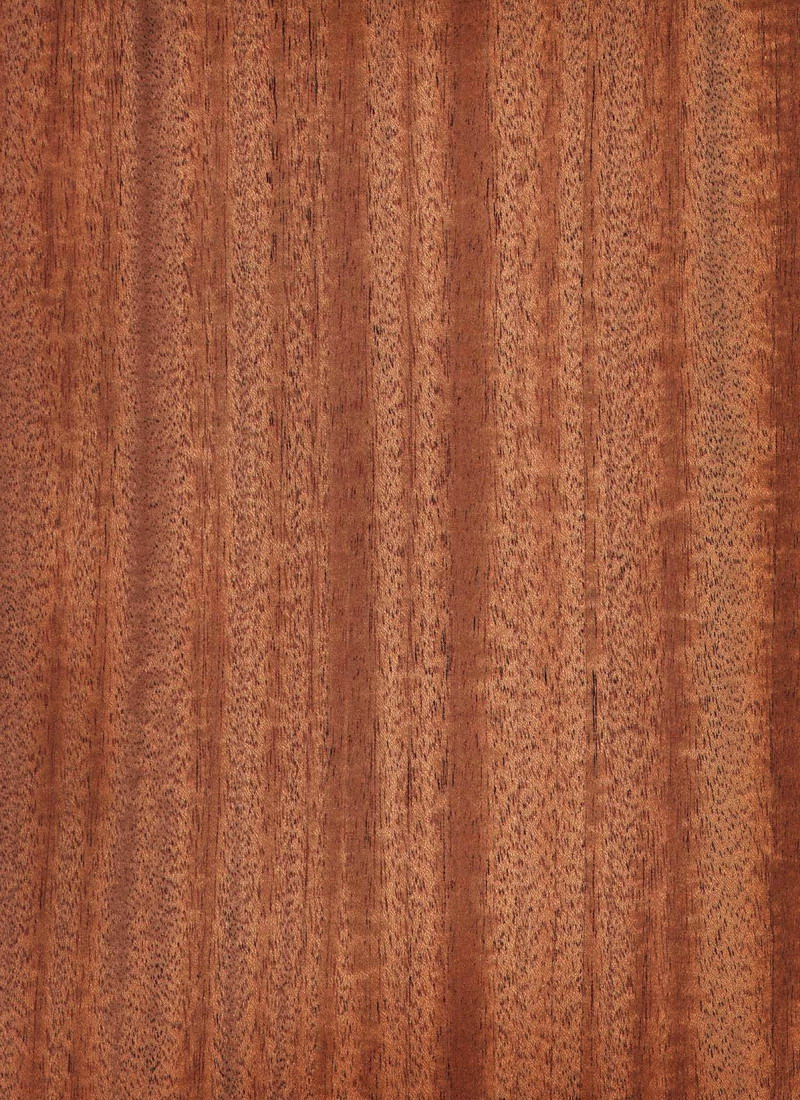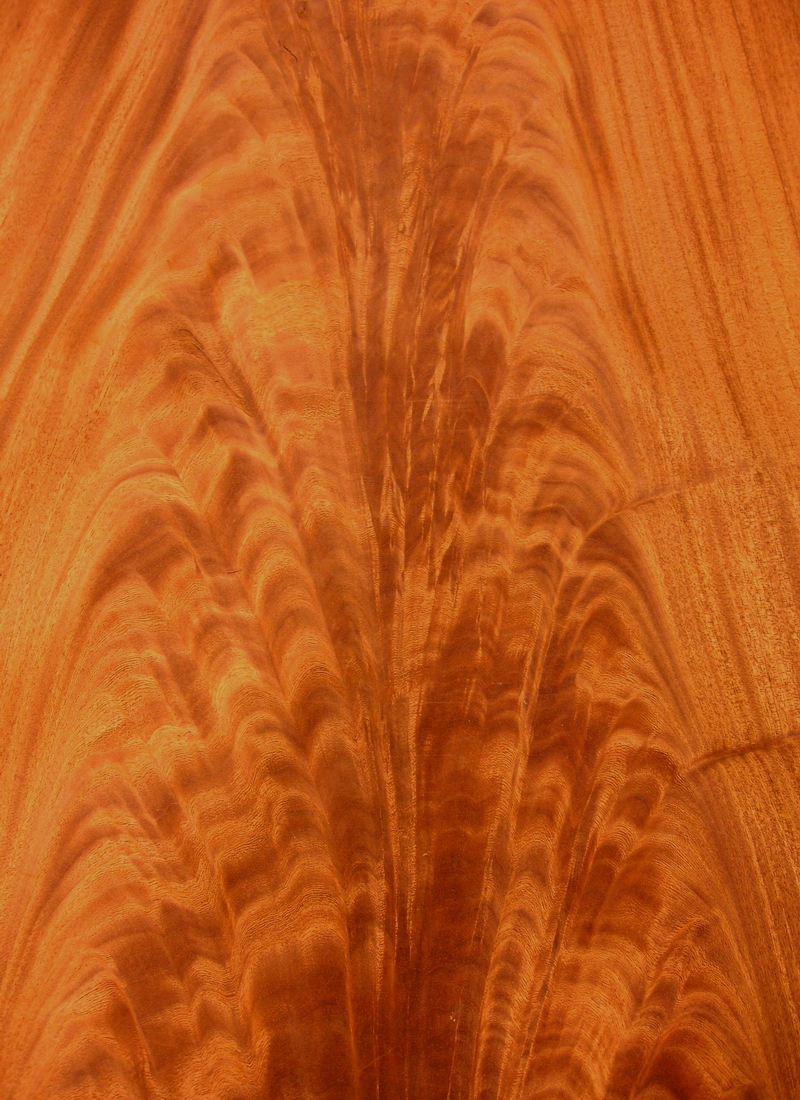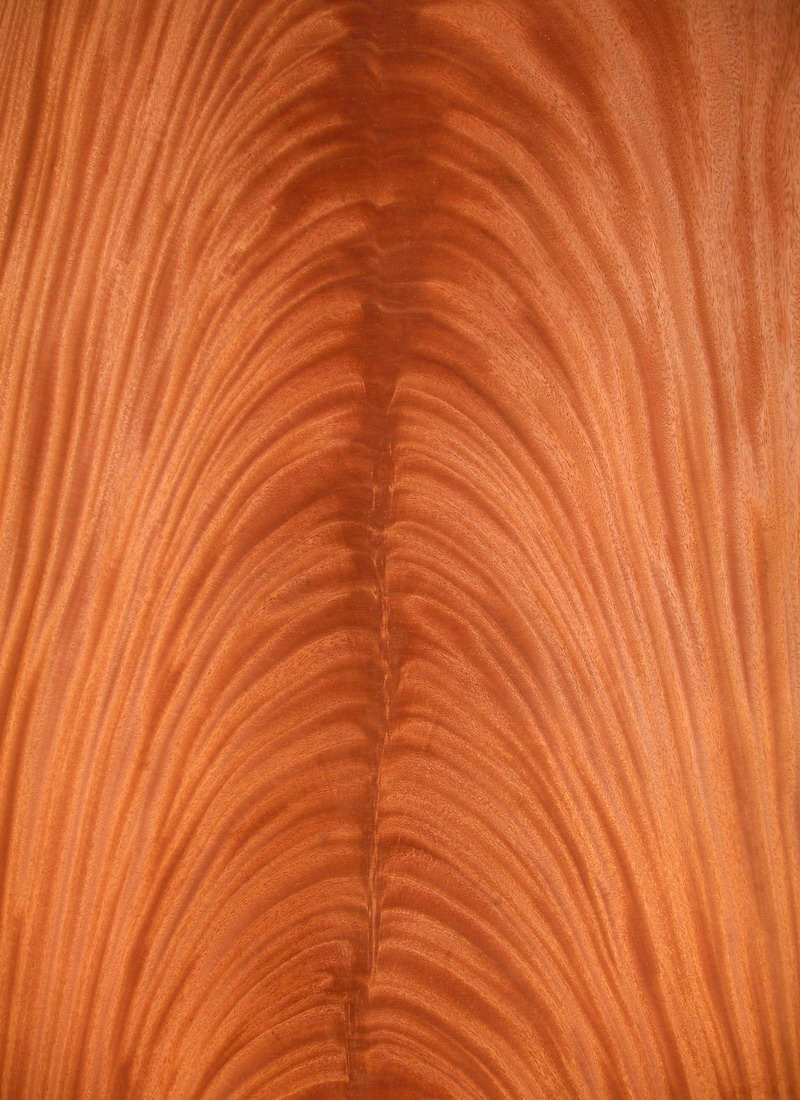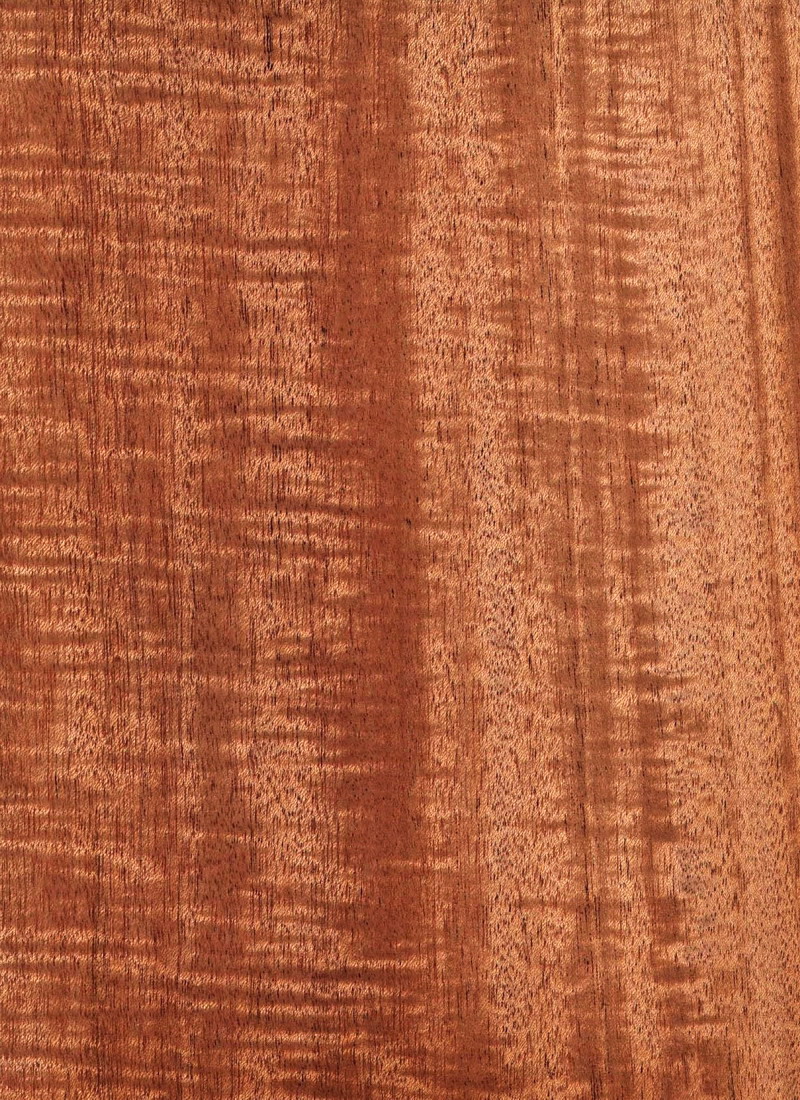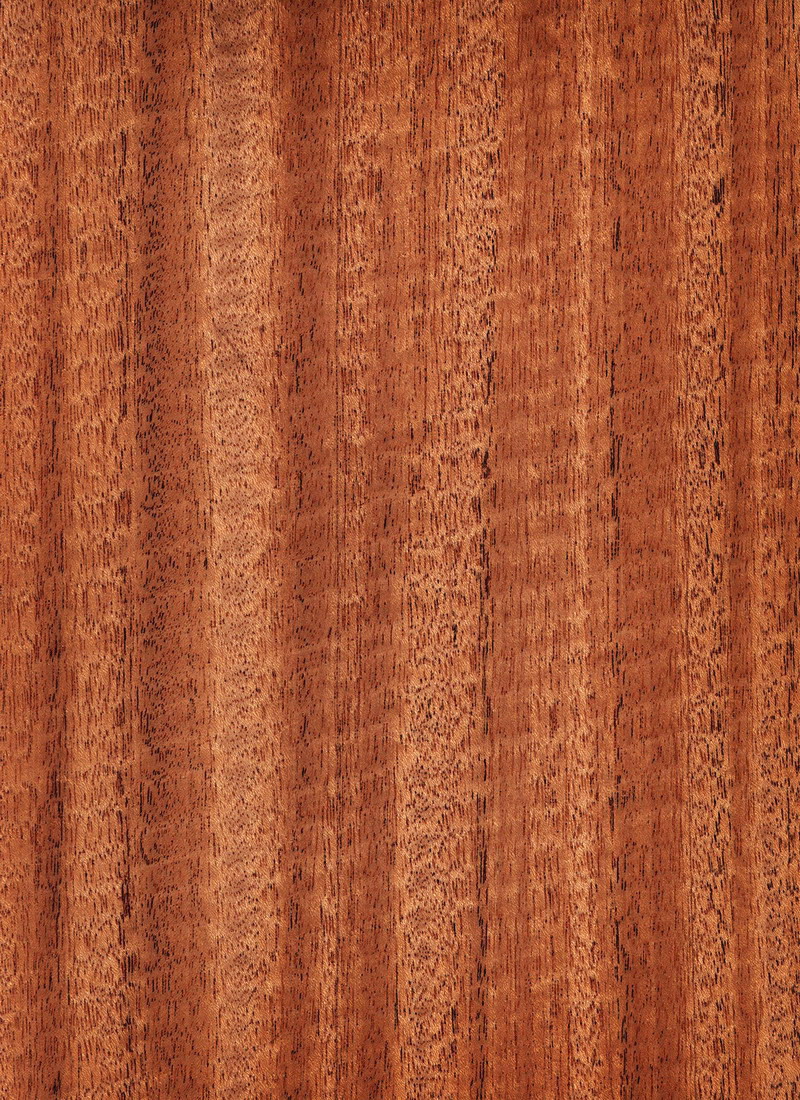Veneer Catalogue
-
 LACEWOOD BRAZILIANx
LACEWOOD BRAZILIANxLACEWOOD BRAZILIAN
roupala brasiliensisBrazilian Lacewood quarter cut wood veneer is usually yellow-brown with reddish tones. Also can range from a more creamy yellow to salmon. Straight grained with a medium to coarse texture.
Common Uses for Quarter Cut Brazilian Lacewood Veneer: Architectural panels, millwork, musical instruments, cabinetry and furniture, as well as both yacht and aircraft interiors.
Other Name(s): Often referred to as Louro Faia.
Region: South America
[widget id="black-studio-tinymce-5"] -
 LACEWOOD DYED BLACKx
LACEWOOD DYED BLACKxLACEWOOD DYED BLACK
roupala brasiliensisDyed Black Lacewood quarter cut wood veneer is Brazilian Lacewood. Straight grained with a medium to coarse texture. Also often referred to as Louro Faia.
Common Uses for Quarter Cut Dyed Black Lacewood Veneer: Architectural panels, millwork, musical instruments, cabinetry and furniture, as well as both yacht and aircraft interiors.
Region: South America
[widget id="black-studio-tinymce-5"] -
 LACEWOOD EUROPEANx
LACEWOOD EUROPEANxLACEWOOD EUROPEAN
platanus hybridaEuropean Lacewood quarter cut wood veneer is a light to medium orangey brown. Reddish brown is also typical. Very distinct and striking ray flecks.
Common Uses for Quarter Cut European Lacewood Wood Veneer: Architectural panels, millwork and furniture, as well as both yacht and aircraft interiors.
Other Name(s): London Plane, also Hybrid Plane.
The Tree: Height varies; typically reaches 70-100 feet in height and trunk diameters of 3-5 feet.
Region: Europe
[widget id="black-studio-tinymce-5"] -

 LARCHx
LARCHxLARCH
larix deciduaLarch flat cut wood veneer is generally yellow brown, sometimes with pink tones as well.
Common Uses for Flat Cut Larch Wood Veneer: Architectural panels, millwork, cabinetry, doors and furniture. Also aircraft and yacht interiors.
Other Name(s): European Larch.
The Tree: Grows tall and straight with trunk diameters usually around 2-3 feet.
A Little History: Because of its fast growth and other characteristics, Larch is often used as a “nurse species” in preparation for introducing other species to land.
Region: Europe
[widget id="black-studio-tinymce-5"]
-

 LARCH FUMEDx
LARCH FUMEDxLARCH FUMED
larix deciduaFumed Larch flat cut wood veneer is a rich and dark chocolate brown with cathedral. The natural process of fuming brings out this very warm and darker color compared to unfumed Larch.
Common Uses for Flat Cut Fumed Larch Wood Veneer: Architectural panels, millwork, cabinetry, doors and furniture. Also aircraft and yacht interiors.
Other Name(s): European Larch.
The Tree: Grows tall and straight with trunk diameters usually around 2-3 feet.
A Little History: Because of its fast growth and other characteristics, Larch is often used as a “nurse species” in preparation for introducing other species to land.
Region: Europe
[widget id="black-studio-tinymce-5"]
-

 LARCH FUMEDx
LARCH FUMEDxLARCH FUMED
larix deciduaFumed Larch quarter cut wood veneer is a rich, dark brown with some medium golden brown throughout. Consistently straight grain. The natural process of fuming brings out the very warm and darker color compared to unfumed Larch.
Common Uses for Quarter Cut Fumed Larch Wood Veneer: Architectural panels, millwork, cabinetry, doors and furniture, as well as aircraft interiors.
Other Name(s): European Larch.
The Tree: Grows tall and straight with trunk diameters usually around 2-3 feet.
A Little History: Because of its fast growth and other characteristics, Larch is often used as a “nurse species” in preparation for introducing other species to land.
Region: Europe
[widget id="black-studio-tinymce-5"]
-
 LAUREL BURLx
LAUREL BURLxLAUREL BURL
umbellularia californicaLaurel burl wood veneer can vary widely in color. Can be golden brown to green, and can also have pink or purple tints. Smooth, fine texture.
Common Uses for Laurel Burl Wood Veneer: Architectural panels, millwork, dashboard pieces and high-end furniture, as well as yacht and aircraft interiors.
The Tree: Grows to heights around 80 feet with trunk diameters around 2-3 feet. Burl veneer is produced from growths on the tree.
Region: South America
[widget id="black-studio-tinymce-5"] -
 LAUREL EAST INDIANx
LAUREL EAST INDIANxLAUREL EAST INDIAN
terminalia alataEast Indian Laurel flat cut wood veneer heartwood ranges in color. It can be light gray brown to a darker and more rich brown. Can also have much darker and irregular streaks. Medium to coarse texture, can be figured. Also finishes beautifully.
Common Uses for Flat Cut East Indian Laurel Wood Veneer: Architectural panels, millwork, cabinetry, furniture and yacht interiors, as well as musical instruments.
The Tree: East Indian Laurel typically grows between 70-100 feet with a trunk diameter of about 3 feet.
Region: Asia
[widget id="black-studio-tinymce-5"] -
 LIMBAx
LIMBAxLIMBA
terminalia superbaLimba quarter cut wood veneer has a pale yellow to light brown sapwood. Heartwood is also yellow brown with grayish-black bands; coarse texture. High contrast with moderate natural luster. Can also be highly figured.
Common Uses for Quarter Cut Limba Wood Veneer: Architectural panels, acoustic panels, musical instruments, millwork, cabinetry, furniture and doors, as well as aircraft and yacht interiors.
Other Name(s): Frake.
The Tree: A tall tree that reaches 150 feet in height with trunk diameters of 5-7 feet.
A Little History: White and Black Limba are actually from the same tree, just from different parts of the tree.
Region: Africa
[widget id="black-studio-tinymce-5"] -
 LINGUE BURLx
LINGUE BURLxLINGUE BURL
persea lingueLingue burl wood veneer heartwood is variable in color, but is commonly reddish brown, purple to pink. The timber is often knotty. Very figured grain, medium to coarse texture. Also has medium to high luster.
Common Uses for Lingue Burl Wood Veneer: Architectural panels, millwork, luxury cabinetry and doors, as well as fine furniture. Also yacht and aircraft interiors.
The Tree: Native to Chile. Lingue typically grows between 60-65 feet with a trunk diameter of about 3 feet.
A Little History: Named after the Lingue River in Chile, where it grows.
Region: South America
[widget id="black-studio-tinymce-5"] -
 LOURO PRETOx
LOURO PRETOxLOURO PRETO
nectandra mollisLouro Preto flat cut wood veneer can vary greatly in color. Color ranges from a medium brown to a much richer reddish brown. Dark and long black streaks show beautiful contrast. Stains and finishes beautifully. Also has a tendency to darken with age, adding even more character to its handsome aesthetic.
Common Uses for Flat Cut Louro Preto Wood Veneer: Architectural panels, millwork and high-end furniture, as well as both aircraft and yacht interiors.
A Little History: Because of similar grain patterns, this wood veneer is a popular substitute for Brazilian Rosewood.
Region: South America
[widget id="black-studio-tinymce-5"] -
 MACHICHEx
MACHICHExMACHICHE
Lonchocarpus spp.Machiche flat cut wood veneer has colors ranging between honey browns to reddish browns with some occasional chocolates. Its grain can be straight, irregular, or interlocked, with a coarse texture. Low to medium luster. Finishes bring out the fine, light-colored parenchyma bands, giving the wood handsome character.
Common Uses for Flat Cut Machiche Wood Veneer: Architectural panels, millwork, cabinetry and doors, as well as furniture. Also yacht and aircraft interiors.
The Tree: Grows up to 100 feet with a trunk diameter ranging around 2-3 feet.
A Little History: The timber is used for heavy construction within its native region. Also traditionally used for decking and flooring.
Region: South America
[widget id="black-studio-tinymce-5"] -
 MADRONEx
MADRONExMADRONE
arbutus menziesiiMadrone flat cut wood veneer is a pale to medium pink or reddish brown with straight to irregular grain, as well as a smooth, fine texture.
Common Uses for Flat Cut Madrone Wood Veneer: Architectural panels, millwork, cabinetry and doors, as well as furniture.
Other Name(s): Madrona, Madrono.
The Tree: This North American evergreen typically grows to 60-80 feet with trunks around 2-3 feet in diameter. Some trees can grow up to 120 feet with diameters of 4-5 feet.
A Little History: Madrone’s botanical species name, menziesii, is in honor of Scottish botanist Archibald Menzies, who discovered the tree in 1792. His name is also applied to Douglas Fir.
Region: North America
Download Info Sheet Request a Quote View Single Page Madrone’s botanical species name, menziesii, is in honor of Scottish botanist Archibald Menzies, who discovered the tree in 1792. His name is also applied to Douglas Fir. " />[widget id="black-studio-tinymce-5"] -
 MADRONE BURLx
MADRONE BURLxMADRONE BURL
arbutus menziesiiMadrone burl wood veneer can have a tremendous range of colors. Mocha browns, reds, pinks and warm creams are all common. Its beautiful burl figure is sometimes called “rivers and valleys” because of the similarities to a topographical map.
Common Uses for Burl Madrone Wood Veneer: Architectural panels, millwork, high-end cabinetry and fine furniture, as well as aircraft and yacht interiors.
Other Name(s): Madrona, Madrono.
The Tree: Grows to heights of 60-80 feet with trunks around 2-3 feet in diameter. Some trees can grow up to 120 feet with diameters of 4-5 feet.
A Little History: Because Scottish botanist Archibald Menzies discovered the tree in 1792, Madrone’s botanical species name is menziesii,
Region: North America
Download Info Sheet Request a Quote View Single Page Because Scottish botanist Archibald Menzies discovered the tree in 1792, Madrone’s botanical species name is menziesii, " />[widget id="black-studio-tinymce-5"] -
 MAHOGANY CUBAN (FIDDLEBACK)x
MAHOGANY CUBAN (FIDDLEBACK)xMAHOGANY CUBAN (FIDDLEBACK)
swietenia mahogoniFigured Cuban Mahogany flat cut wood veneer heartwood varies from a light to deeper reddish brown. Straight to interlocked grain, as well as medium to moderate coarse texture. This cut has a beautiful fiddleback figure.
Common Uses for Flat Cut Cuban Mahogany Veneer: Architectural panels, millwork, high-end furniture and interior woodwork, as well as both yacht and aircraft interiors. Also used for musical instruments.
The Tree: Usually reaches 65-100 feet in height, along with trunk diameters of 3-5 feet.
A Little History: Historically used extensively for cabinetry and furniture.
Region: South America
[widget id="black-studio-tinymce-5"] -
 MAHOGANY CUBAN (FIDDLEBACK)x
MAHOGANY CUBAN (FIDDLEBACK)xMAHOGANY CUBAN (FIDDLEBACK)
swietenia mahogoniFigured Cuban Mahogany quarter cut wood veneer heartwood varies from a light to deeper reddish brown. Straight to interlocked grain, as well as medium to moderate coarse texture. This cut has a beautiful fiddleback figure.
Common Uses for Quarter Cut Cuban Mahogany Veneer: Architectural panels, millwork, high-end furniture and interior woodwork, as well as both yacht and aircraft interiors. Also used for musical instruments.
The Tree: Usually reaches 65-100 feet in height, along with trunk diameters of 3-5 feet.
A Little History: Historically used extensively for cabinetry and furniture.
Region: South America
[widget id="black-studio-tinymce-5"] -
 MAHOGANY HONDURASx
MAHOGANY HONDURASxMAHOGANY HONDURAS
swietenia macrophyllaHonduras Mahogany flat cut wood veneer heartwood varies from light to deep reddish brown. Straight to interlocked grain, along with a medium and uniform texture. Also has moderate natural luster.
Common Uses for Honduras Mahogany Flat Cut Wood Veneer: Acoustic and architectural panels, millwork, cabinetry, musical instruments, doors and furniture, as well as both yacht and aircraft interiors.
Other Name(s): American Mahogany, Genuine Mahogany.
The Tree: Height varies but generally reaches heights of 150 feet with a trunk diameter over 6 feet.
A Little History: Called Honduran Mahogany because of historical trade routes, although the tree is not native to Honduras.
Region: South America
[widget id="black-studio-tinymce-5"] -
 MAHOGANY HONDURASx
MAHOGANY HONDURASxMAHOGANY HONDURAS
swietenia macrophyllaHonduras Mahogany quarter cut wood veneer heartwood varies from light to deep reddish brown. Straight to interlocked grain, along with a medium and uniform texture. Also has moderate natural luster.
Common Uses for Honduras Mahogany Quarter Cut Wood Veneer: Acoustic and architectural panels, millwork, cabinetry, musical instruments, doors and furniture, as well as both yacht and aircraft interiors.
Other Name(s): American Mahogany, Genuine Mahogany.
The Tree: Height varies but generally reaches heights of 150 feet with a trunk diameter over 6 feet.
A Little History: Called Honduran Mahogany because of historical trade routes, although the tree is not native to Honduras.
Region: South America
[widget id="black-studio-tinymce-5"] -

 MAHOGANY KHAYAx
MAHOGANY KHAYAxMAHOGANY KHAYA
khaya ivorensisKhaya Mahogany flat cut wood veneer heartwood varies from light golden red tones to deeper red browns. This true African Mahogany veneer finishes beautifully and also has high luster. The grain is straight to interlocked, with a medium to moderately coarse texture. Khaya Mahogany also produces beautiful crotch and swirl veneers.
Common Uses for Flat Cut Khaya Mahogany Wood Veneer: Aircraft interiors, both acoustic and architectural panels, cabinetry, doors, millwork and furniture, as well as yacht interiors.
Other Name(s): Khaya, African Mahogany Wood Veneer.
The Tree: Typically reaches heights between 110-140 feet, sometimes reaching 180 feet and more, with trunk diameters generally between 3-6 feet.
A Little History: Mahogany is an often misused name, applied to many woods not from the mahogany family. Khaya Mahogany is a true mahogany.
Region: Africa
[widget id="black-studio-tinymce-5"]
-

 MAHOGANY KHAYAx
MAHOGANY KHAYAxMAHOGANY KHAYA
khaya ivorensisKhaya Mahogany quarter cut wood veneer heartwood varies from light golden red tones to deeper red browns. This true African Mahogany veneer finishes beautifully and also has high luster. The grain is straight to interlocked, with a medium to moderately coarse texture. Khaya Mahogany also produces beautiful crotch and swirl veneers.
Common Uses for Khaya Mahogany Wood Veneer: Aircraft interiors, both acoustic and architectural panels, cabinetry, doors, millwork and furniture, as well as yacht interiors.
Other Name(s): Khaya, African Mahogany.
The Tree: Typically reaches heights between 110-140 feet, sometimes reaching 180 feet and more, with trunk diameters generally between 3-6 feet.
A Little History: Mahogany is an often misused name, applied to many woods not from the mahogany family. Quarter Cut Khaya Mahogany veneer is a true mahogany.
Region: Africa
[widget id="black-studio-tinymce-5"]
-
 MAHOGANY KHAYA BURNING BUSHx
MAHOGANY KHAYA BURNING BUSHxMAHOGANY KHAYA BURNING BUSH
khaya ivorensisBurning Bush Khaya Mahogany crotch wood veneer heartwood varies from light golden red tones to deeper reds. This true African Mahogany veneer finishes beautifully and also has high luster. The grain is straight to interlocked, with a medium to moderately coarse texture. Khaya Mahogany also produces swirl veneers.
Common Uses for Khaya Crotch Mahogany Wood Veneer: Aircraft, both acoustic and architectural panels, cabinetry, doors, millwork and furniture, as well as yacht interiors.
Other Name(s): Khaya, African Mahogany veneer.
The Tree: Typically reaches heights between 110-140 feet, sometimes reaching 180 feet and more, with trunk diameters generally between 3-6 feet.
A Little History: Mahogany is an often misused name, applied to many woods not from the mahogany family. Khaya Mahogany is a true mahogany.
Region: Africa
[widget id="black-studio-tinymce-5"] -
 MAHOGANY KHAYA CROTCHx
MAHOGANY KHAYA CROTCHxMAHOGANY KHAYA CROTCH
khaya ivorensisKhaya Mahogany crotch wood veneer heartwood varies from light golden red tones to deeper reds. This true African Mahogany veneer finishes beautifully and also has high luster. The grain is straight to interlocked, with a medium to moderately coarse texture. Khaya Mahogany also produces swirl veneers.
Common Uses for Khaya Crotch Mahogany Wood Veneer: Aircraft, both acoustic and architectural panels, cabinetry, doors, millwork and furniture, as well as yacht interiors.
Other Name(s): Khaya, African Mahogany veneer.
The Tree: Typically reaches heights between 110-140 feet, sometimes reaching 180 feet and more, with trunk diameters generally between 3-6 feet.
A Little History: Mahogany is an often misused name, applied to many woods not from the mahogany family. Khaya Mahogany is a true mahogany.
Region: Africa
[widget id="black-studio-tinymce-5"] -

 MAHOGANY KHAYA FIGURED (FIDDLEBACK)x
MAHOGANY KHAYA FIGURED (FIDDLEBACK)xMAHOGANY KHAYA FIGURED (FIDDLEBACK)
khaya ivorensisFigured Khaya Mahogany quarter cut wood veneer heartwood varies from light golden red tones to deeper red browns. Beautiful fiddleback figure. This true African Mahogany veneer finishes beautifully and also has high luster. The grain is straight to interlocked, with a medium to moderately coarse texture. Khaya Mahogany wood veneer can also have beautiful crotch and swirl figure.
Common Uses for Quarter Cut Khaya Mahogany Wood Veneer: Aircraft interiors, both acoustic and architectural panels, high-end cabinetry, doors, millwork and furniture, as well as yacht interiors.
Other Name(s): Khaya, African Mahogany.
The Tree: Typically reaches heights between 110-140 feet, sometimes reaching 180 feet and more, with trunk diameters generally between 3-6 feet.
A Little History: Mahogany is an often misused name, applied to many woods not from the mahogany family. Khaya Mahogany is a true mahogany.
Region: Africa
[widget id="black-studio-tinymce-5"]
-

 MAHOGANY KHAYA REALTECx
MAHOGANY KHAYA REALTECxMAHOGANY KHAYA REALTEC
khaya ivorensisKhaya Mahogany Realtec quarter cut wood veneer has consistent fiddleback figure. Heartwood varies from light golden red tones to deeper red browns. This true African Mahogany veneer finishes beautifully and also has high luster. The grain is straight to interlocked, with a medium to moderately coarse texture. Khaya Mahogany also produces beautiful crotch and swirl veneers.
Common Uses for Quarter Cut Khaya Mahogany Wood Veneer: Aircraft interiors, both acoustic and architectural panels, high-end cabinetry, doors, millwork and furniture, as well as yacht interiors.
Other Name(s): Khaya, African Mahogany.
The Tree: Typically reaches heights between 110-140 feet, sometimes reaching 180 feet and more, with trunk diameters generally between 3-6 feet.
A Little History: Khaya Mahogany is a true mahogany.
About Khaya Mahogany Realtec
Khaya Mahogany Realtec is natural veneer that is embossed with figure. Both figure and color remain constant throughout large Realtec sequences. Logs that have the most valued natural figure, fiddleback, are very rare. With Realtec, you can have fiddleback in continuous supply in addition to consistent pricing. Exclusive: We are the only distributor of Realtec in the United States and Canada.
Region: Africa
[widget id="black-studio-tinymce-5"]

